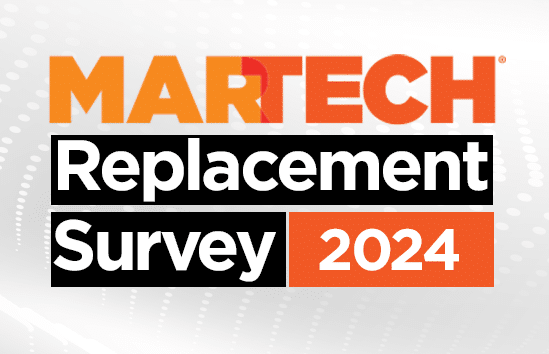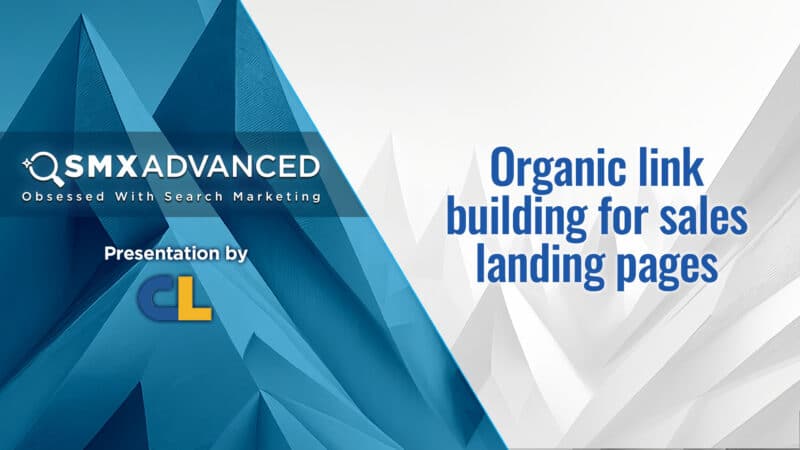“We have one piece of the puzzle people are looking for in the area of personalization,” Diana Lee told me.
Lee is the founder and CEO of Constellation, among other things the tenth fastest-growing women-owned private company, according to Inc 500. In simple terms, Constellation is an agency with a creative platform that makes content scaleable. But simple terms aren’t enough. Constellation’s piece of the puzzle includes aggregating data from an immense range of sources, using it to train industry-specific LLMs (or chatbots).
This means, first, that consumers don’t have to visit countless websites for product information, in effect aggregating it for themselves. And second, personalized messaging becomes personalized at scale.
One use case is the automotive industry where countless dealers nationwide are trying to reach potential customers with relevant messages.
Data-based marketing for auto
In order to understand Constellation’s value to the automotive industry, we spoke with Joe Kyriakoza, VP and general manager at Polk from S&P Global Mobility. Polk Automotive Solutions has been tracking automotive data for over a century. Today it is part of S&P Global Mobility, a division of S&P Global which in turn describes itself as an “essential intelligence” business.
“S&P Global Mobility is a data-rich environment of automotive information and analytics from every part of the automotive life cycle, whether it’s the manufacturer’s planning for their next vehicle launch or understanding how many vehicles they’re going to sell over the next five years.”
Then there are the marketing and sales assets. “When a vehicle is ready to launch, we’re helping the manufacturers and dealers market those vehicles, understand their target audience based on the data we have and make smarter, educated marketing decisions.”
S&P Global Mobility has a database of 130 million marketing-permissible households. “We’re able to validate automotive intelligence on top of that through relationships we have with the state DMVs as well as the OEMs themselves who send us their sales data on a daily, weekly or monthly basis. S&P Global and Polk know very well what my buying patterns are.”
The insights, which extend to almost everyone who has bought a car in the U.S., include their propensity to buy, their brand and price-point preferences and whether they are likely to pick a used car rather than a new one, whether they are likely to lease, finance or pay with cash. “We have all that data in a giant mixing bowl. We are a central source for that data for the OEMs across the U.S.”
The OEMs are part of the S&P/Polk customer base, but they also sell data solutions to the major dealer groups like AutoNation and CarMax as well as to smaller dealers through ad agencies that represent numerous small dealers. The data is integrated into the platforms that the customers are using to transact media, from Facebook to LiveRamp and The Trade Desk.
Why aren’t the big automotive manufacturers developing this vital audience data themselves? “I think they’re starting to pull it together now,” said Kyriakoza. “Over the last five years we’ve seen a migration from basic CRM marketing to customer data platform relationships that allow them to unify their data in one repository and then do their own segmentation. What we help them do is understand whether the data is clean — is that person still the owner of the vehicle, is there a new owner, did they change addresses? We’ll work with the CDP provider to install our data on top of theirs. We then do an enrichment play where we bring a whole bunch of other attributes to that database.”
Constellation’s piece of the puzzle
“S&P has these personalized audiences,” said Lee. “It could be people who are in market to buy a Volkswagen right now. That’s one piece of the puzzle. Our piece would be the content that’s generated, that’s localized and specific. The other piece would be our data. For auto, that’s incentive data, the vehicle data, social listening data and marketing insights data. You need to know who your audience is before you start doing digital marketing.”
Constellation also uses this data, in combination with the data customers bring to the mix, and open data sources (blogs, Reddit, Wikipedia and so on) to train large language models. “What we believe at Constellation,” said Lee, “is that everybody will soon start building their own large language models; they will build their own chatbots. What we’re doing is teaming up with clients to help build the infrastructure of their own LLMs and chatbots.”
Ultimately, Lee believes traditional website interactions with brands will be a thing of the past as conversational chatbots become able to deliver answers to a full range of questions. “None of the existing chatbots are able to answer industry-specific questions,” she continued. “Which VIN numbers of Honda Civics are there within five states and where can I find them? It won’t be able to answer that industry-specific question. If we teamed up with an OEM (I’m using Honda as an example), we would be able to build that chatbot and they would own that conversation.”
In automotive alone, Constellation has the data for all 17,500 U.S. franchisees. “Who has the BMW X5? I know every dealer that has it; I don’t have to go to 20 different websites, I don’t have to go to Carvana or CarMax; I’m able to get the information for BMW, but also find the information for Audi, competitively, in the same chatbot. That’s what we want for the future.”
The key to this is that Constellation is not training an LLM on one manufacturer’s data. BMW could do that for itself. But how come BMW data can exist in the same mix as Audi or Mercedes Benz data — they’re competitors, right? “From a national perspective I could never do that; I would have to service one and sign an NDA. When you are working local and it’s dealer-specific, that data no longer belongs just to the OEMs, it belongs to each and every franchise and that’s when you can aggregate that information and begin to use it.” The franchises are happy to share, because it puts their inventory in front of consumers’ eyes.
Data-based dynamic creative for auto
“We’ve been working with Constellation for the better part of a year on some test and learn programs. We have an official relationship now where we are providing our audience intelligence to their systems,” Kyriakoza explained. “It’s helping them target the right audience on behalf of their dealer customers; that’s table stakes. The second piece, which we haven’t seen anyone else able to deliver on, is this idea of dynamic creative.”
S&P data is now infused into Constellation’s dynamic creative capabilities. One hundred different Toyota dealers, said Kyriakoza, are going to have different messages, names locations and themes. “That’s cumbersome. Constellation has built AI technology that allows them to render those creatives based on a bunch of inputs they have in the system. Based on our data, knowing a person is already a Toyota owner, that might cause a change in the message.”
Constellation compensates S&P for the data and monetizes the audience insights and dynamic creative it can provide to whoever is selling cars. S&P supplies data to other agencies, of course, but with Constellation “it’s next level with the creative piece,” said Kyriakoza, especially in a market of 17,500 franchises where content can become just a commodity.
But this has use cases in addition to automotive. Constellation offers a similar model to the pharma industry. Are there other use cases? “Insurance found us last year, not an industry we were even looking for. We want to represent anybody that has difficulty in the regulated space. It could be real estate, auto, insurance, pharma. life sciences, medical health insurance — they all struggle with the same issues.”
Email:
See terms.
The post Next-level content creation for the auto industry appeared first on MarTech.





